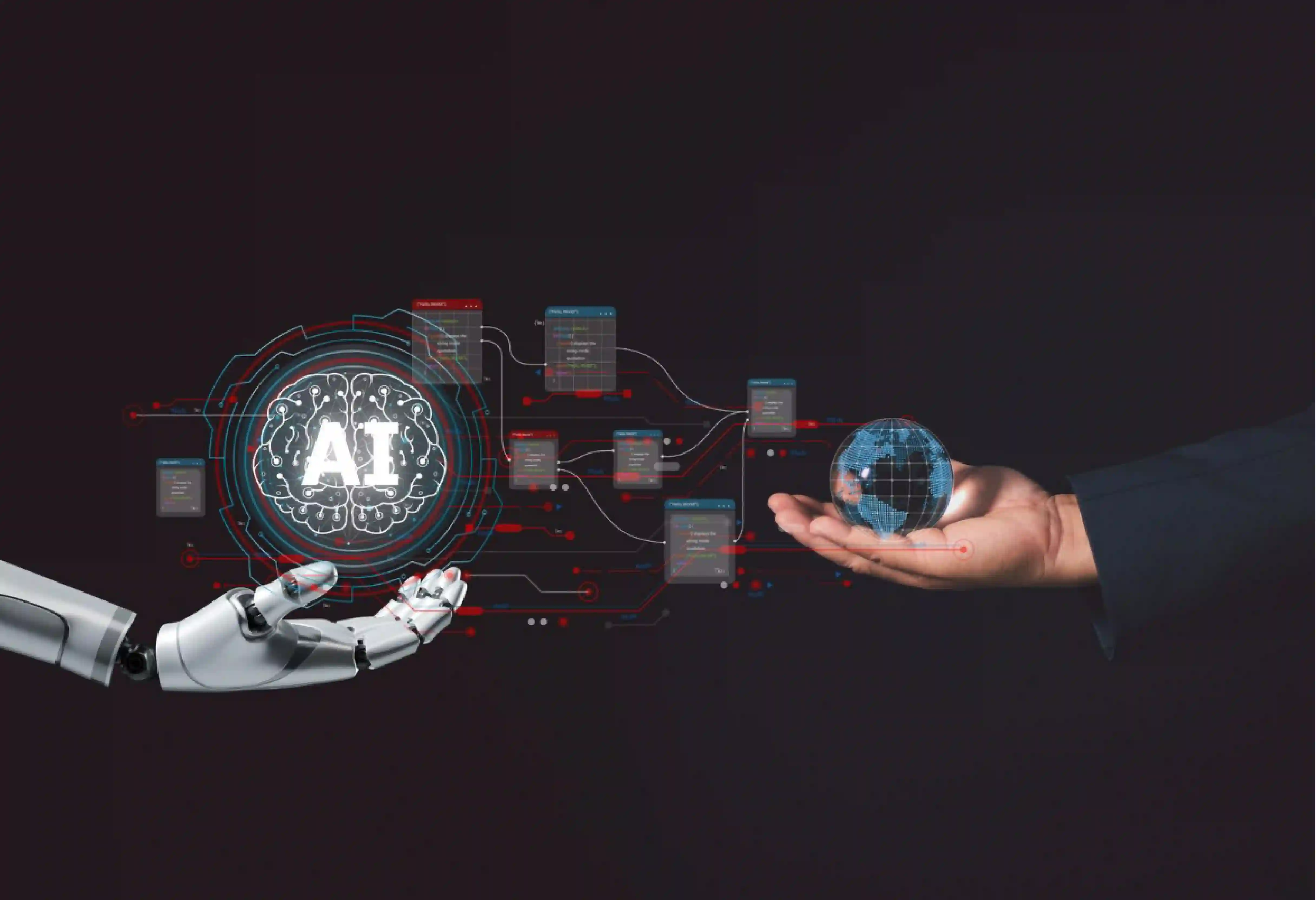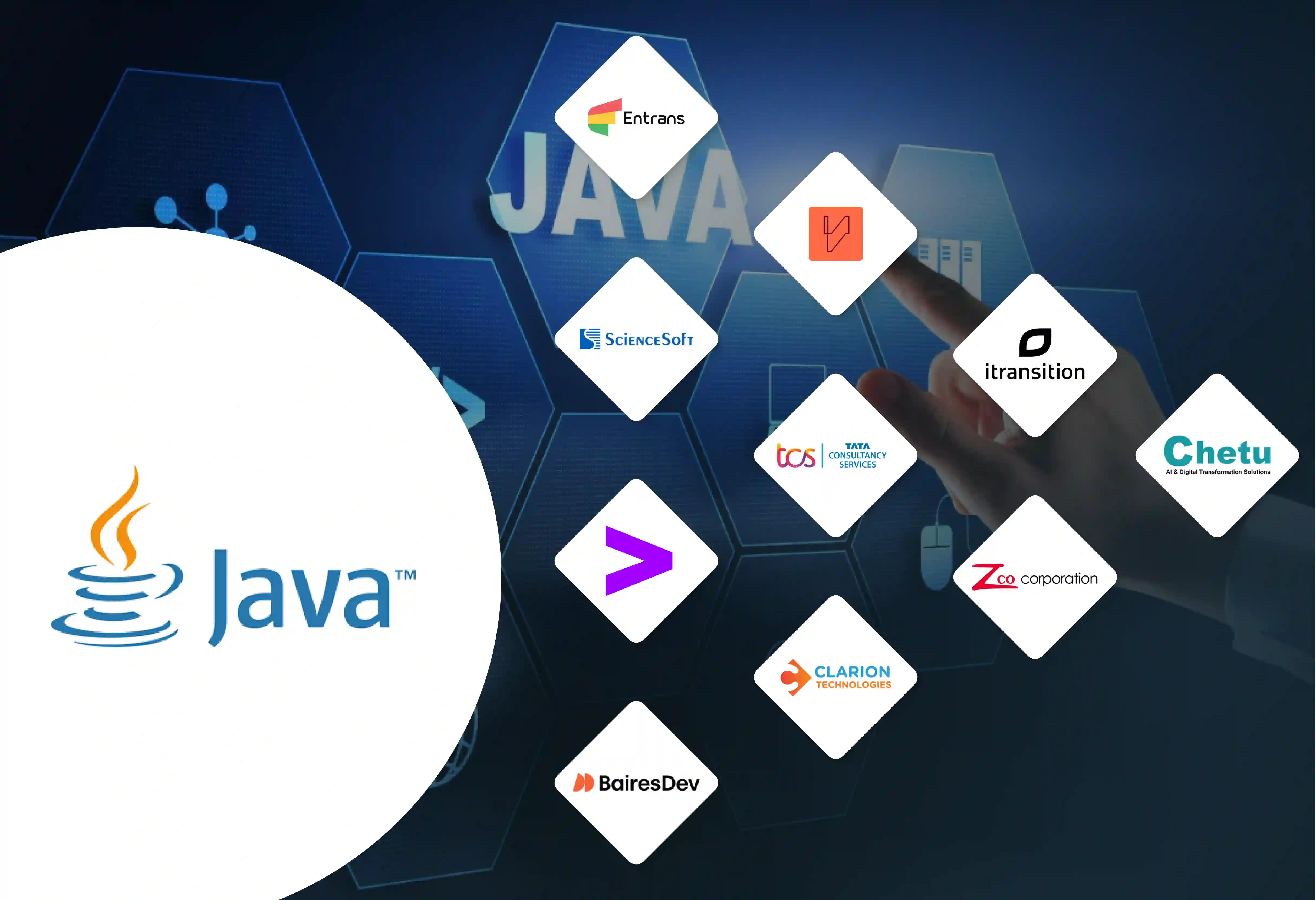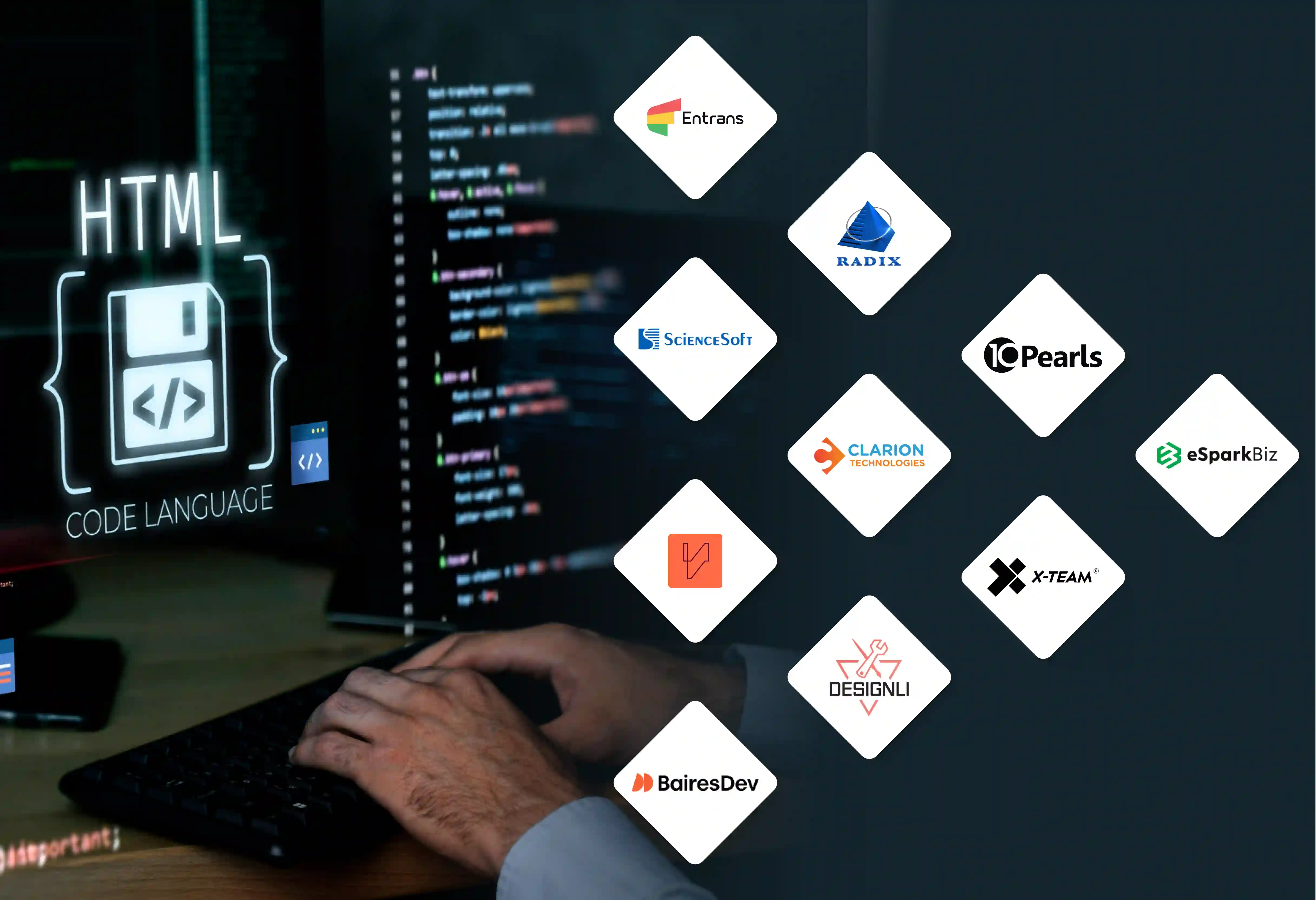


Artificial Intelligence (AI) is now an essential part of Global Capability Centers (GCCs).
That said, while using AI well is becoming essential in operations, it’s also, in many cases, hard to put in place across the board for bigger enterprises.
This leads to a HUGE gap.
A few leading companies are on one side, and most others are falling behind. Over 90% of top-performing GCCs have scaled up their AI projects.
However, only 8% of the wider market has gotten past the first testing stage.
Moving to AI in Global Capability Centers can be a complex process. This article will walk you through the key opportunities and risks.
Moreover, it will also cover the best practices and why AI is the right move for GCCs now more than ever.
A Global Capability Center was historically known as a captive center. Multinational companies set them up to centralize key business functions.
For many years, their value came from lower labor costs and better operations.
An AI-Powered GCC is a high-level hub. With AI, GCCs have moved on from being just a back-office extension. Now, GCC services are a center for innovation, product development, and company-wide updates.
AI automates routine work, and AI in GCCs also helps automate advanced data-based insights.
This lets Global Capability Centers shift from being simple work units to a high-level partner that can actively help shape and push forward company goals.
The use of AI across GCC services is not uniform, despite its potential. Data shows a significant AI adoption Gap.
This difference in progress means leaders redesign processes with AI. Laggards, on the other hand, treat AI as an add-on feature for small improvements.
The results of AI in Global Capability Centers are clearest when looking at its use in specific business functions.
By setting up intelligent automation, GCCs and GCC services are making HUGE changes to how work is done. And here’s how this looks in different industries:
The finance department, a common function in Global Capability Centers, is being changed by AI.
AI-based Robotic Process Automation (RPA) handles high-volume work. This includes data entry, invoice processing, and reconciliations with more speed and accuracy.
AI is changing HR from an administrative department to a high-level talent management group.
In customer-facing positions, AI improves both productivity and the quality of service. Chatbots and virtual assistants with Natural Language Processing (NLP) can solve a wide range of customer questions instantly.
This improves satisfaction and lightens the workload for human agents. Predictive analytics can spot customers who might leave, which allows for early action.
For instance, the Saudi National Bank has a multi-lingual AI chatbot that handles common banking requests. This has greatly lowered call center traffic and improved the customer experience.
For technology departments, AI speeds up innovation. Generative AI tools help developers with code creation, debugging, and automated quality testing. This shortens development timelines and improves software quality.
The next step for AI in Global Capability Centers is a major shift from task-based automation to intelligent, autonomous systems. This change is based on the idea of Agentic AI.
Managing the complexities of AI requires a planned and structured method. The following best practices show a path for Global Capability Centers to move from testing to company-wide value creation.
The first and most important step is to make sure all AI projects are directly connected to clear business goals. This means setting up measurable targets for success, like specific cost decreases or productivity gains.
It is better than pursuing technology just for its own sake. When business leaders direct AI projects, the solutions are more likely to solve real problems and have a real impact.
This is a feature of high-maturity Global Capability Centers; over 70% of leading businesses run a formal CoE. A good CoE is a high-level, cross-functional governing group.
It should include leaders from business operations, IT, HR, legal, and compliance. Its job is to centralize governance, prioritize projects by business value, standardize best practices, and speed up use across the company.
AI projects require a cultural change to a more agile and iterative method. GCCs should encourage a fail-fast, learn-fast mindset. They can set up AI innovation labs to test, refine, and grow new models and applications quickly.
This method helps to show the return on investment (ROI) of small-scale tests, which builds support for larger projects.
The human element is the most important part of AI-related change. Businesses must start broad and continuous training programs. These programs should equip the current workforce with the necessary skills for the AI era.
This includes technical skills as well as general data literacy and the ability to work well with AI-based tools. The message should be about augmentation, framing AI as a tool that improves human abilities.
Governance, ethics, and transparency must be included from the very beginning of the AI lifecycle. This means setting up a formal framework covering principles like fairness, privacy, and accountability.
This trust-by-design method is necessary for managing risks, like algorithmic bias, and building confidence with stakeholders and regulators.
Building a successful AI-powered GCC is a complex task with high stakes. A poor method can waste investment, create operational problems, and put you far behind competitors.
Building an AI-powered Global Capability Center is complex, and failure is EXPENSIVE.
While others get stuck in "pilot purgatory," we build and ship.
We took our own AI agent, Thunai, from a concept to ‘Product of the Day’ on Product Hunt in under 6 months. Entrans also offers custom AI services to deliver real value for your GCC, fast.
We’ve also partnered with Fortune 500 and Fortune 200 companies to automate their data pipelines, migrate their ecosystems, and make sure their operations remain world-class at all times.
Why settle? Book a free consultation call to know more!
Basic RPA skills are still useful, but they are no longer enough. The industry is moving from fixed, rules-based RPA to more adaptive Agentic AI. Professionals should learn more about data, machine learning principles, and process analysis. This will help them change from being a bot developer to a digital workforce manager who directs both human and AI employees.
The experience of pilot purgatory is widespread, with 90% of GCCs stuck in the testing phase. The reason is usually not a technology failure but a problem with planning and governance. Pilots often do not grow because they lack a clear connection to company goals, a dedicated budget, and strong ownership from the business side.
To show a return on investment, you must shift from measuring activities to measuring business impact. Instead of tracking bot hours, look at business-centered KPIs. For a customer service chatbot, measure the improvement in the First Contact Resolution (FCR) rate and CSAT scores. For a recruitment tool, track the decrease in time-to-hire. A clear before-and-after comparison can make the value clear.
The data is clear: the main obstacles have to do with people. The single biggest challenge for GCCs is the shortage of needed talent, like data scientists and AI engineers. This is followed by challenges in managing company-wide change and resistance from employees who are worried about their jobs being replaced.


